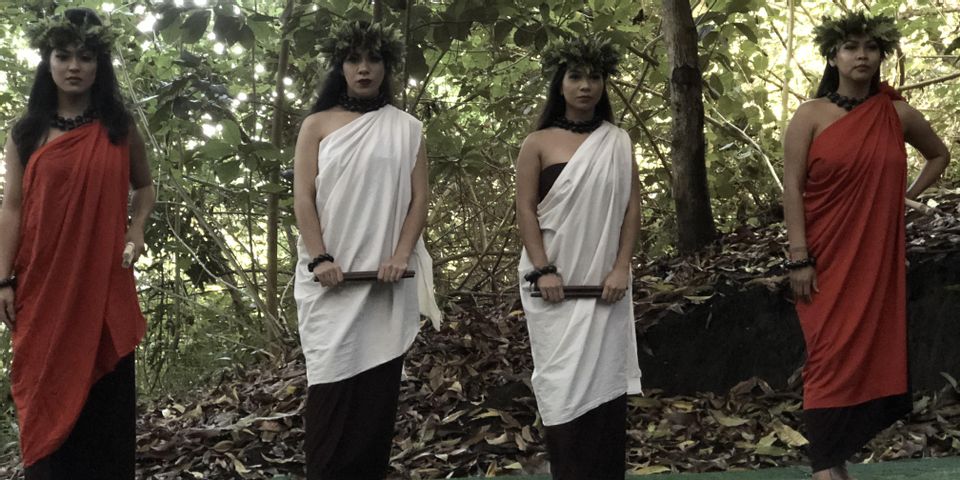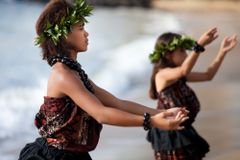
Luaus have become synonymous with Hawaii, featuring cultural dancing, delicious feasts, and a plethora of gorgeous flowers. The history of these traditional parties is rich and important for the people of the islands. Here’s more about this festivity and how it has evolved today.
Luaus Throughout History
How It Started
In 1819, King Kamehameha II banished the ancient tradition of men and women eating separately, paving the way for the tradition of the luau. Originally called aha’aina, or gathering meal, these events were meant to celebrate milestones and major events, like the arrival of an important person or a coming of age. The name luau comes from one of the main dishes that was involved in the ceremony, which consists of taro plant leaves combined with chicken and then baked in coconut milk.
Traditional Luaus
Lauhala mats were set around a centerpiece of ti leaves, ferns, and other beautiful flowers, where diners would sit on the floor and eat with their fingers to enjoy their meal of poi, sweet potatoes, bananas, and luscious platters of meat and fish. One of the largest luaus on record occurred in 1847 when the King hosted a party and provided 271 hogs, 482 poi gourds, 3,125 saltwater fish, 1,820 freshwater fish, 2,245 coconuts, 4,000 taro plants, and other delicacies for his guests.
Modern Luaus
 As time passed, hula dancing, ukuleles, and fire dancers became staples in the meal’s entertainment, with a particular rise in popularity between the 1930s and 1950s as Hawaii tourism spiked. Modern luaus aren’t as large as the King’s back in the 1800s, but they do include many of the traditions and Hawaiian cuisine set by these early gatherings.
As time passed, hula dancing, ukuleles, and fire dancers became staples in the meal’s entertainment, with a particular rise in popularity between the 1930s and 1950s as Hawaii tourism spiked. Modern luaus aren’t as large as the King’s back in the 1800s, but they do include many of the traditions and Hawaiian cuisine set by these early gatherings.
What Modern Luaus Are Like
This festivity has become a popular tourist attraction for anyone visiting the Hawaiian Islands. Upon arrival, each guest typically receives a lei, or flower necklace, and may participate in the preparation of the feast, including preparing the pig for the roast or digging out the imu, or pit, where it’ll be cooked.
Many modern feasts teach attendees the art of hula dancing as well as traditional crafts that can be taken home as souvenirs. The menu is also less traditional and may include contemporary appetizers, dishes, drinks, cocktails, and desserts such as chocolate cake, salads, and soft drinks.
If you’re visiting Oahu and want to enjoy a modern luau, visit Experience Nutridge in Honolulu, HI. Their events offer attendees a front row seat to the sights, smells, and sounds of a complete Hawaiian cultural event. Guests can enjoy a variety of local food, including kalua pua’a, pulehu chicken, lau lau, and haupia. Call (808) 531-5050 to book a hula show, or visit their website for more information about their private events.
About the Business
Have a question? Ask the experts!
Send your question

